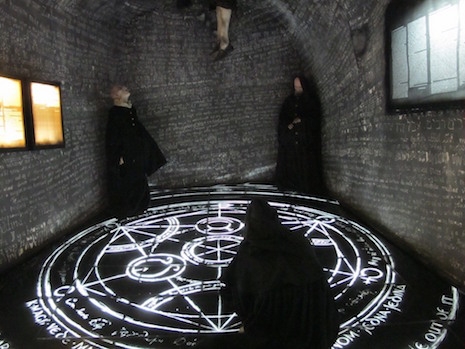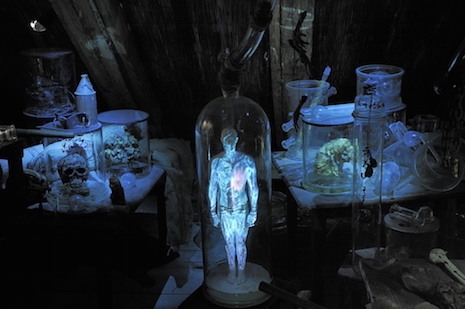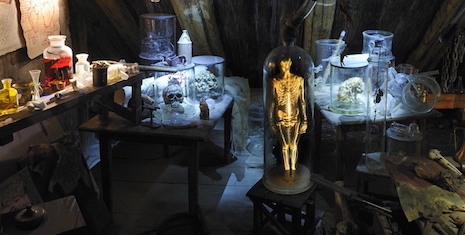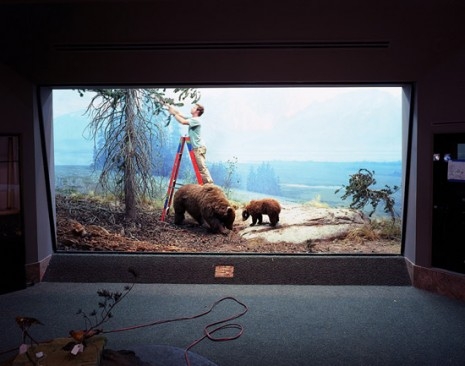
Objects that look like human faces are a fine way to kill a few minutes on the Internet. The phenomenon of seeing faces or other things in visual displays that are derived from chance is called pareidolia, and there’s a subreddit dedicated to it. The human ability to detect faces is strongly selected for in the Darwinian processes of evolution, as survival often depends on instinctual recognition and assessment of faces.
One of my favorite Peanuts strips ever involves Lucy, Linus, and Charlie Brown describing what they see in the clouds passing overhead, and hardly a week goes by without the news reporting that someone has spotted Jesus, the Virgin Mary, or Elvis in a bowl of porridge or a misshapen McNugget.

Chinsekikan head curator Yoshiko Hayama
Only recently, however, has it come to our attention that some remarkable person out there has taken the pareidolia thing and really run with it. A man named Shozo Hayama spent 50 years collecting rocks that resemble human faces, which are called jinmenseki in Japanese, and he founded a museum in Tokyo called Chinsekikan, which means “the hall of curious rocks.” Shozo died in 2010 but his widow Yoshiko Hayama has kept the museum open and serves as its head curator. It’s unclear how many rocks the museum has, but it’s upwards of 1,700.
Oddly, I am writing this post from the city that boasts the most famous rock museum in the world—the Rock and Roll Hall of Fame in Cleveland, Ohio.
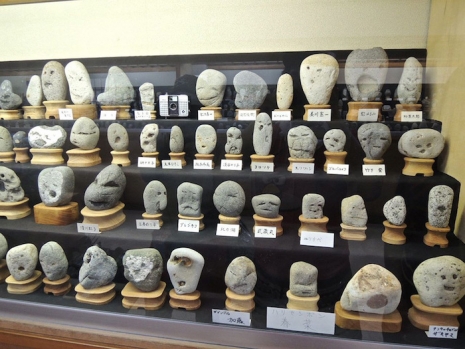
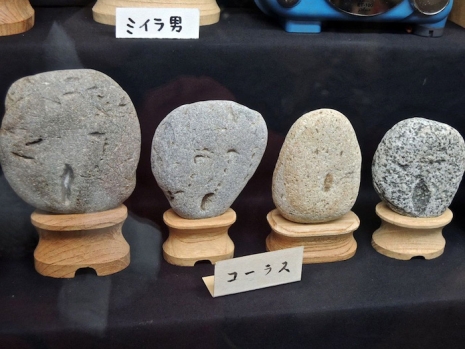
More rocks after the jump…







